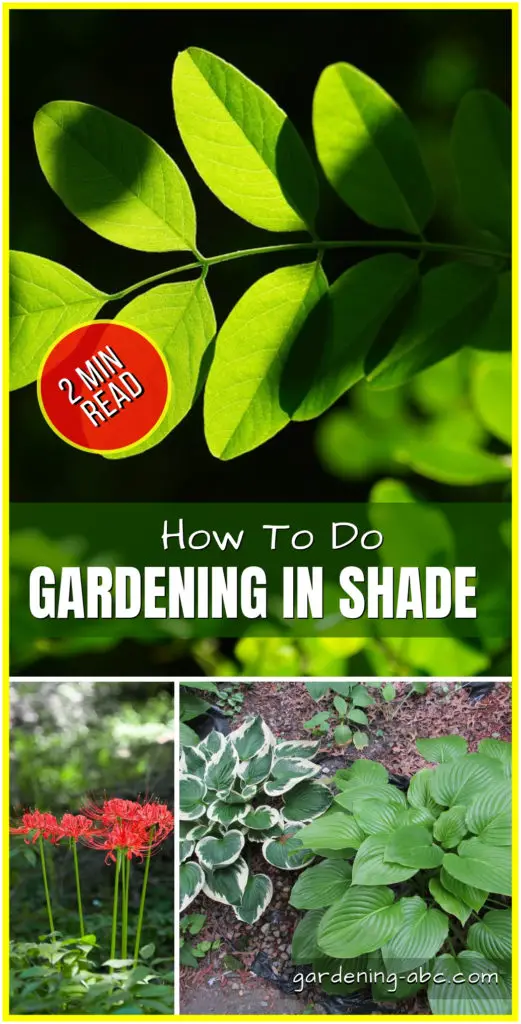We use affiliate links to run our site. When you buy through links on our site, we may earn an affiliate commission, without any added cost to you. Learn more
Gardening does not always mean that you need to grow plants in full sun. Shade in the garden is like a nightmare for many gardeners.
Though most vegetables like tomatoes or cucumbers require full sun for their development, many plants can grow wonderfully well in shade.
Here in this article, we will try to give you some ideas about shade gardening and some vegetables that grow in full shade.
How Shade Can Improve Your Gardening Yield: Simple Proven Techniques
When people talk about shade, they can mean a variety of conditions. So at times, it can be confusing as to what actually shade gardening refers to. First of all, let us make a distinction between different types of shades.
Though most of the vegetables like tomatoes or cucumbers, require full sun for their development, many plants can grow wonderfully well in shade. Share on XTypes of Shade:
1. Partial Shade:
This kind of shading refers to a condition where the place receives direct sunlight for less than 4 hours.
2. Full Shade:
This is a condition where there is no direct sunlight throughout the whole year. There are some plants (like Euphorbia) that can grow well in areas like this.
3. Dry Shade:
If you are planting under some big tree the chances are that apart from being shaded, the place will be very dry. As the water content of the soil is mostly sucked in by the big trees. There are a few plants that can survive in these conditions also.
4. Moist Shade:
In case the planting is near any big water source such as ponds or rivers the soil remains very wet through the season. In this condition, plants are never short of water.
Tips on Growing Vegetables in Shade:
Less crowding will also increase the airflow through the plant and will reduce many diseases.
You can also use mirror tiles or metallic surfaces for this purpose.
Crops such as spinach and other leafy vegetables, peas, and cauliflowers grow pretty in partial shade. Share on XBenefits of Shade Gardening:
There are some benefits also if you are gardening in the shade. If you remember, while discussing growing tips about Cauliflower and several others we informed you about the effect of heat on bolting. In case your gardening is in the shade the impact of bolting can be reduced.
The leafy vegetables, such as Spinach lettuce, grown in partial shade will look much fresher, and you can enjoy them for a longer period of time. This is due to the fact that the more they are in the sun, the larger will be the amount of water loss.
Talking about water, you also need to water the plants less regularly than when in the direct sun. By knowing the ideal plants for shade, you can very easily optimize your total garden space.
If you garden in the shade, you have less chance of bolting. Share on XPlant the plants that prefer direct sunlight in a sunny place whereas in the rest of the partially shaded areas you can easily cultivate the rest of the plants. It will help you to double your total vegetable output.
Don’t let the shade in your garden discourage you from growing your own vegetables. While some crops require full sun for their development, many other plants can grow wonderfully well in partial shade.

Amazon and the Amazon logo are trademarks of Amazon.com, Inc, or its affiliates.
